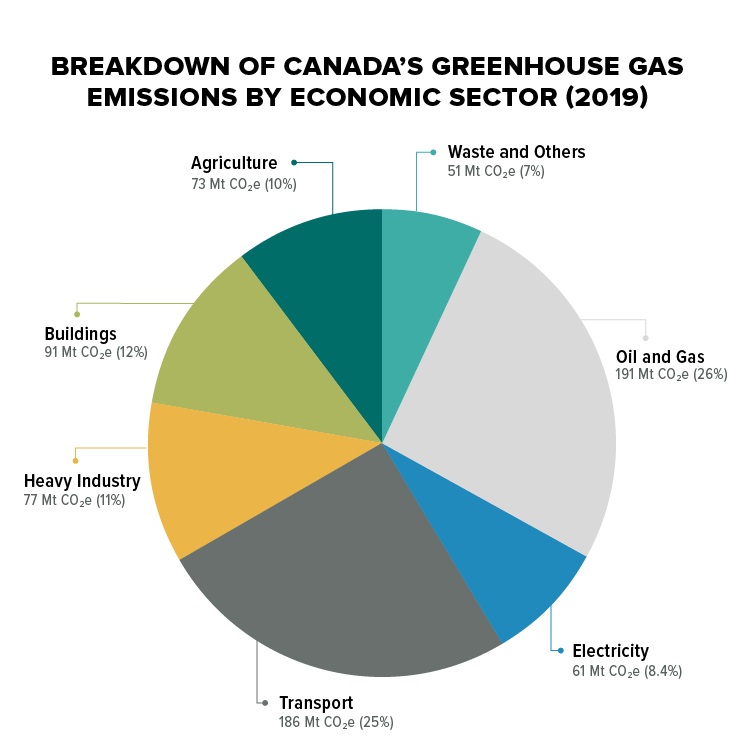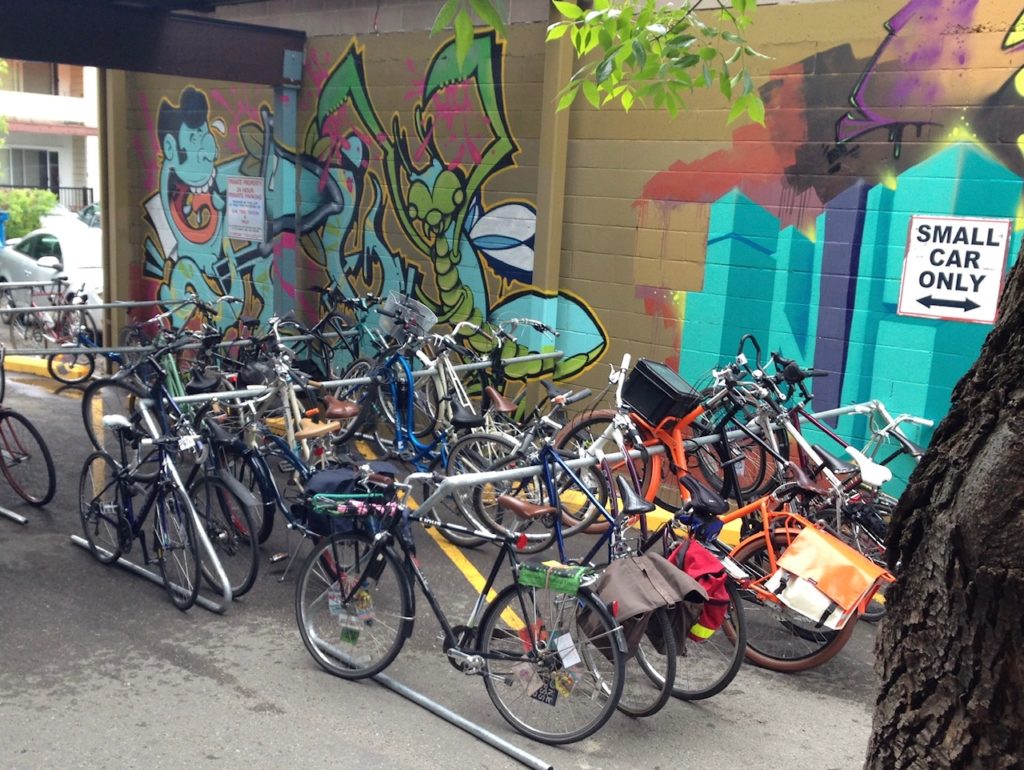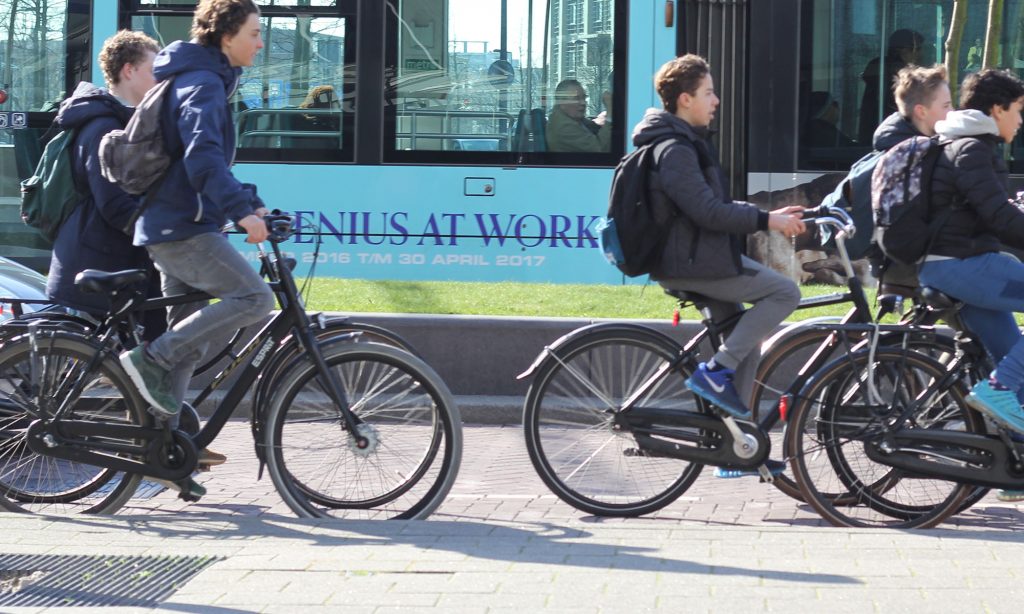The Emissions Reduction Plan misses out on bikes.
On March 29, 2022, the Government of Canada released its 2030 Emissions Reduction Plan (ERP) to reach the target of 40% reduction of greenhouse gas emissions by 2030. With a scant 8 years to achieve this target the ERP doesn’t leave much time, or wiggle room, to make meaningful reductions in the face of a climate crisis that is here, today.
The ERP is a wide-ranging plan, with a strong focus on the two major areas of GHG emissions in Canada: the oil and gas sector and transportation. In total, these two sectors contribute over 50% of Canada’s emissions.

They are also the two sectors of our economy where the least progress has been made over the past 15 years, if any at all. While the electricity sector has made great strides to de-carbonize, the increases in emissions from oil and gas & transportation have negated that progress.

Rightfully, the focus of the 2030 Emissions Reduction Plan is on these two major contributors to Canada’s emissions. Without addressing our direct dependence on fossil fuels, particularly for transportation, we aren’t going to make any real progress towards our GHG reduction commitments.
Hand in hand with the raised public awareness of the existential threat of climate change has been the awareness that our current urban development patterns are also fundamentally unsustainable. Key to that is our inherent car dependence. The dependence on the personal vehicle is responsible of 47% of the emissions in the transportation sector. And the slice of the GHG pie for light trucks and SUV’s is growing more than the other slices.

While focussing on the tailpipe emissions of personal vehicles is important, the 2030 Emissions Reduction Plan places all its eggs in one basket, namely the electrification of those personal vehicles. The ERP plans for $2.6 billion in incenting and supporting zero emission vehicles, ZEV’s that are strictly defined as an automobile.
The Active Transportation Fund (ATF) has just closed its first intake period. The ATF is aimed at increasing cycling and walking infrastructure across Canada. But the ERP does not contain any funding beyond the $400 million already announced last year. Bikes and e-bikes are the quintessential zero emission vehicles and yet they are barely mentioned in the ERP.
E-bikes are still in the early adoption phase, but research is beginning to show that they are effective at reducing and eliminating car trips (1). E-bikes have shown to not only replace up to 25% of car trips and reduce car travel distances by 37% (2), but they also expand the diversity of cyclists. Simply put, e-bikes make cycling accessible to more people.
The ERP touts the successful rebate programs of other jurisdictions such as Nova Scotia and Yukon, yet it does not propose its own rebate program. Price is one of the biggest barriers to greater e-bike uptake. While a $5,000 rebate of a $50,000 electric car results in another $45,000 car on the road, a $5,000 rebate for an e-bike results in one less car on the road.
The Emissions Reduction Plan needs to think bigger. It must be a plan not only to reduce direct emissions but also to help guide Canada and its municipalities towards a sustainable future. In car dependent communities, which almost all of Canada’s cities are, spending billions on electric cars still leaves you with a car dependent community.
When it comes to transportation, we need a plan that has mode shift at its centre. Canada needs to move away from car dependence and support more cycling, walking, and public transit for everyone. We need to focus on replacing cars with other modes rather than simply replacing the car’s motor. We need a plan that is human focused and human centred, one that supports communities for people.
While many have reacted to the 2030 Emissions Reduction Plan as having ambitious GHG targets, when it comes to supporting the broader issue of sustainability and liveability of our communities, it misses the mark.
The 2030 Emissions Reduction Plan
(1) https://www.ncbi.nlm.nih.gov/pmc/articles/PMC7456196/
(2) https://www.sciencedirect.com/science/article/pii/S1361920920308336



